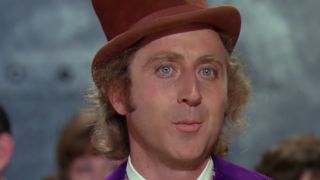Toy Story
Latest Toy Story

Quentin Tarantino Said He’ll Never See Toy Story 4, And I’m Loving The Pixar Movie Director’s Classy Response To This Declaration
By Sarah El-Mahmoud published
Quentin Tarantino has not met Duke Kaboom.
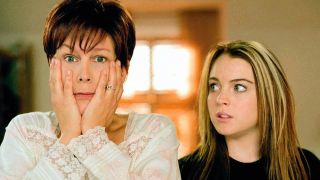
26 Funny Family Movies (And How To Watch Them)
By Philip Sledge last updated
Here are some funny family movies that should bring the laughs out of you and your kids.

Toy Story 5: What We Know About The Pixar Sequel So Far
By Jason Wiese published
Pixar is opening up the play chest for another adventure with the upcoming Toy Story 5.
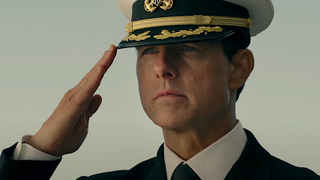
32 Rewatchable Movies With 90% Or More On Rotten Tomatoes
By Jessica Rawden published
Want a good movie you can watch again and again? The Godfather and more 90% plus movies that are totally worth rewatching.

The Best Family Movies From The '90s
By Philip Sledge last updated
Here are 20+ of the best family movies from the '90s that hold up remarkably well all these years later.
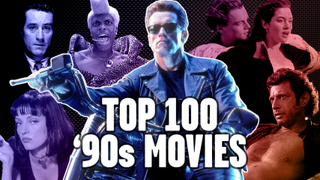
The 100 Best Movies Of The 1990s
By Nick Venable last updated
The CinemaBlend staff voted to create a list of the 100 best 1990s movies.
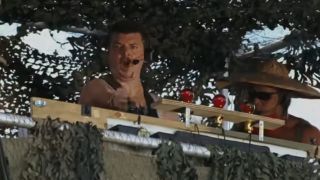
32 Fake Movies Within Movies We Want To Watch
By Hugh Scott published
How many times have you seen a movie in a movie and thought "I'll bet that would be great!" We have too, so here is our list of the 32 of movies-in-a-movie we most want to see.
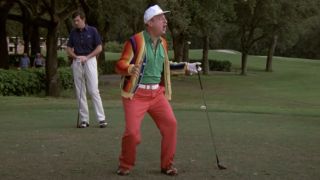
32 Hit Songs From Movies That Still Get Listened To Today
By Hugh Scott published
A great song in a great movie can live forever. These are just a few of our favorite songs from movies that people still love today.
CINEMABLEND NEWSLETTER
Your Daily Blend of Entertainment News


